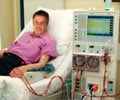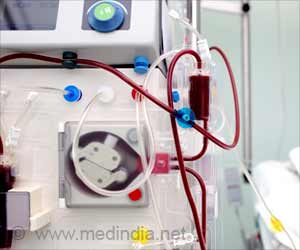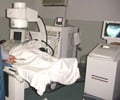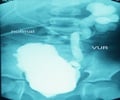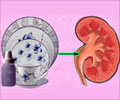Peritoneal dialysis done with an automated wearable artificial kidney can remove toxins from the blood of patients with kidney failure.
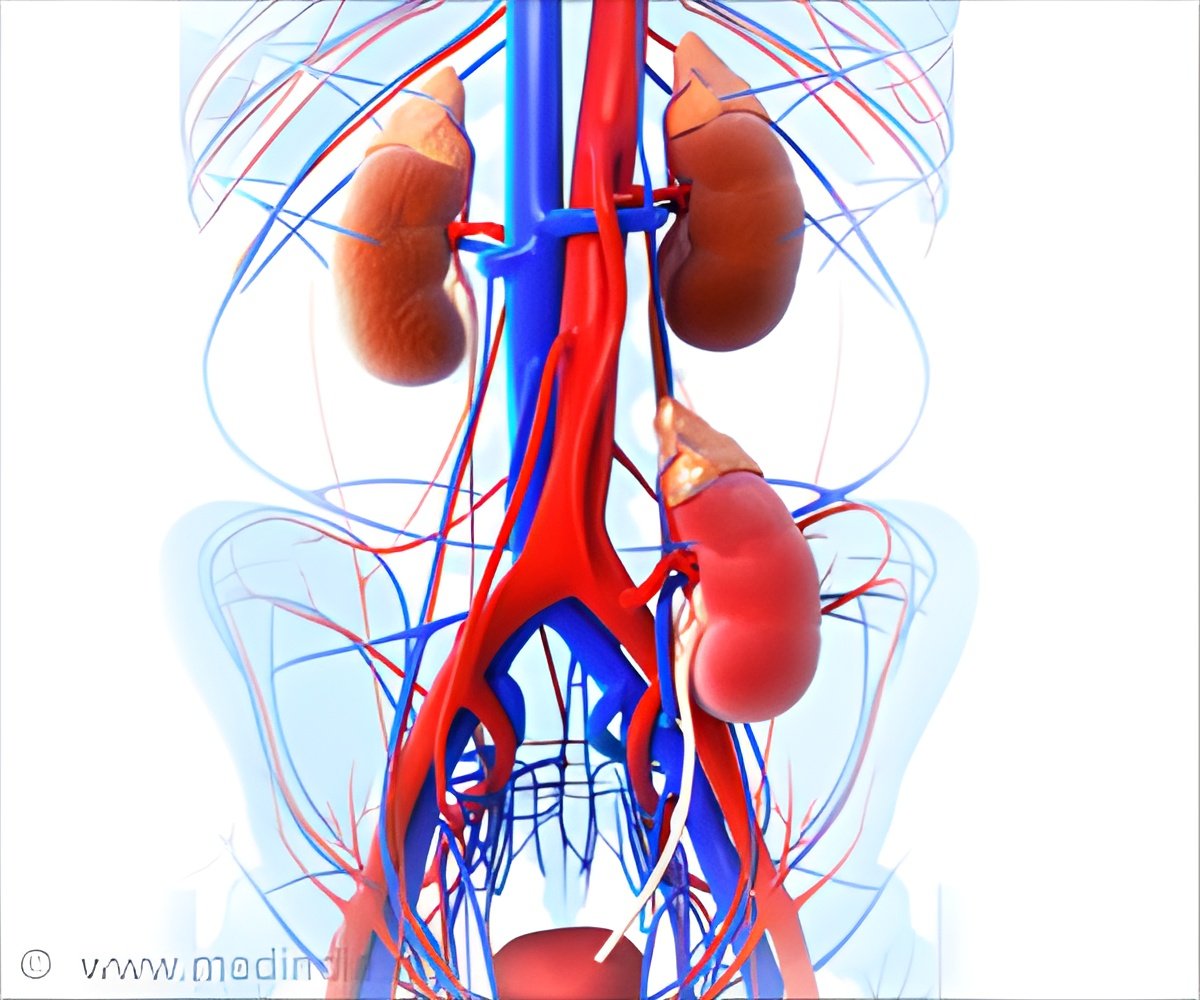
‘Sorbent-based regenerative technology regenerates and reconstitutes used dialysis fluid into fresh fluid while removing toxins.’





A sorbent-based regenerative technology in the AWAK PD therapy allows for high dose dialysis to be delivered with a low volume of dialysis solution. The technology regenerates and reconstitutes used dialysis fluid into fresh fluid while removing toxins. In a first-in-human study, 15 participants underwent over 100 AWAK PD sessions. There were no serious adverse events up to 1 month after treatment, and the AWAK PD sessions were effective at removing waste substances from the blood.
"The regenerative sorbent technology used in AWAK PD is an innovation with the potential to revolutionize the way peritoneal dialysis has been done in the past 40 years, providing portability and flexibility of treatment," said principal investigator Marjorie Foo Wai Yin, MD (Singapore General Hospital). "This technology also helps to reduce wastes and save resources by reusing dialysis fluids."
Source-Eurekalert

